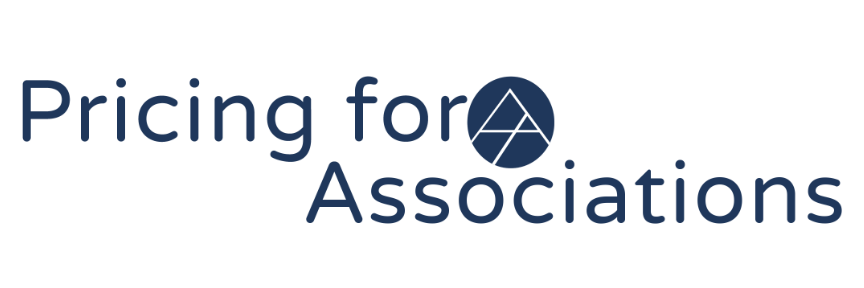Gaining Organizational Buy-In: Strategies for Aligning Teams with Pricing Changes
The following is an excerpt from our book, Pricing for Associations, available now on Amazon.
Implementing pricing changes within an organization requires more than just a strategic plan; it demands organizational buy-in and alignment. This article explores effective strategies for gaining support and overcoming challenges when introducing pricing changes at the department or organizational level.
1. Establish Clear Communication Channels: Begin with a transparent communication plan that outlines the reasons behind the pricing changes, the benefits for the organization, and the long-term vision. Use multiple channels to disseminate this information, including team meetings, internal newsletters, and digital platforms.
2. Articulate the Strategic Vision: Connect the pricing changes to the broader strategic vision of the organization. Demonstrate how these adjustments align with overarching goals, emphasizing the positive impact on the organization's growth, sustainability, and ability to provide value.
3. Engage Key Stakeholders Early: Involve key stakeholders from different departments early in the decision-making process. Seek their input, address concerns, and incorporate their perspectives. This not only provides valuable insights but also fosters a sense of ownership among the teams.
4. Develop a Cross-Functional Team: Create a cross-functional team that represents various departments within the organization. This team can serve as advocates for the pricing changes and help communicate the rationale to their respective teams.
5. Provide Comprehensive Training: Ensure that teams receive thorough training on the new pricing strategies. This includes not only understanding the changes but also learning how to effectively communicate them to clients or members. Knowledgeable teams instill confidence in the changes.
6. Address Concerns Proactively: Anticipate potential concerns or objections from team members and address them proactively. Establish a forum for open discussions where employees can voice their concerns, and provide clear and honest responses.
7. Showcase Success Stories: Highlight success stories related to pricing changes in other organizations or industries. Concrete examples can serve as powerful illustrations of how strategic pricing adjustments positively impacted organizations in similar situations.
8. Connect Individual Goals to Organizational Success: Help employees understand how the success of the organization translates into personal and professional growth. Illustrate the link between achieving organizational goals through pricing strategies and individual career development.
9. Monitor and Adjust: Implement a system for ongoing monitoring and adjustment. Regularly assess the impact of pricing changes on various departments and gather feedback. Be willing to make adjustments based on real-time data and feedback from the teams.
10. Foster a Collaborative Culture: Encourage a culture of collaboration where teams across different departments work together towards common objectives. Break down silos and emphasize the interconnectedness of roles within the organization.
11. Recognize and Reward: Acknowledge and celebrate the efforts of teams that adapt well to the pricing changes. Recognize individuals and departments that contribute positively to the successful implementation of the new strategies. Recognition can be a powerful motivator.
12. Leverage Change Management Techniques: Utilize change management principles to guide the organization through the transition. This includes clearly defining the change, communicating its urgency, and providing the necessary resources and support for successful adoption.
Implementing pricing changes is not just a financial adjustment; it's a collaborative effort that requires organizational alignment. By fostering open communication, involving key stakeholders, and addressing concerns proactively, organizations can navigate pricing changes with cohesion and resilience, ultimately driving success across departments.


